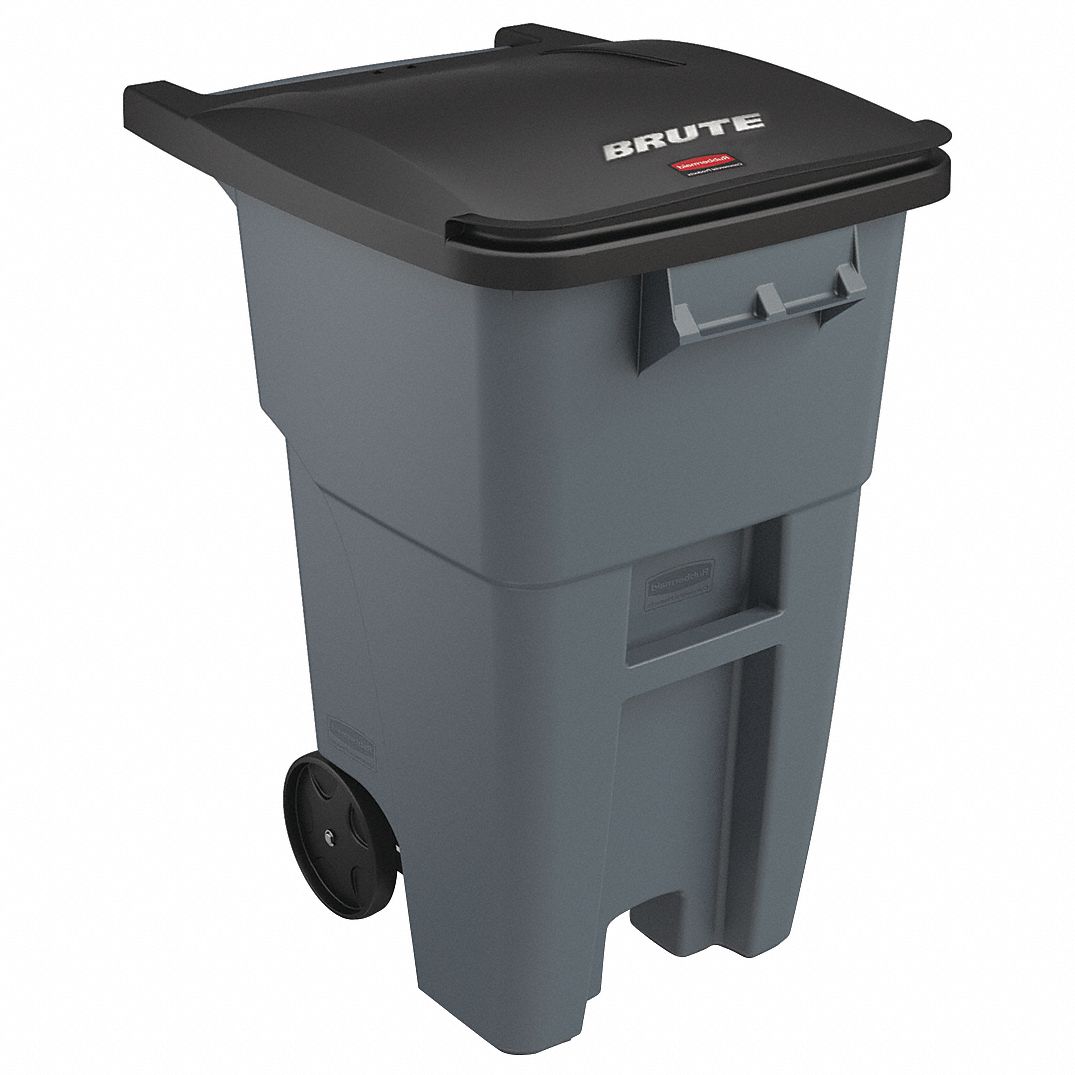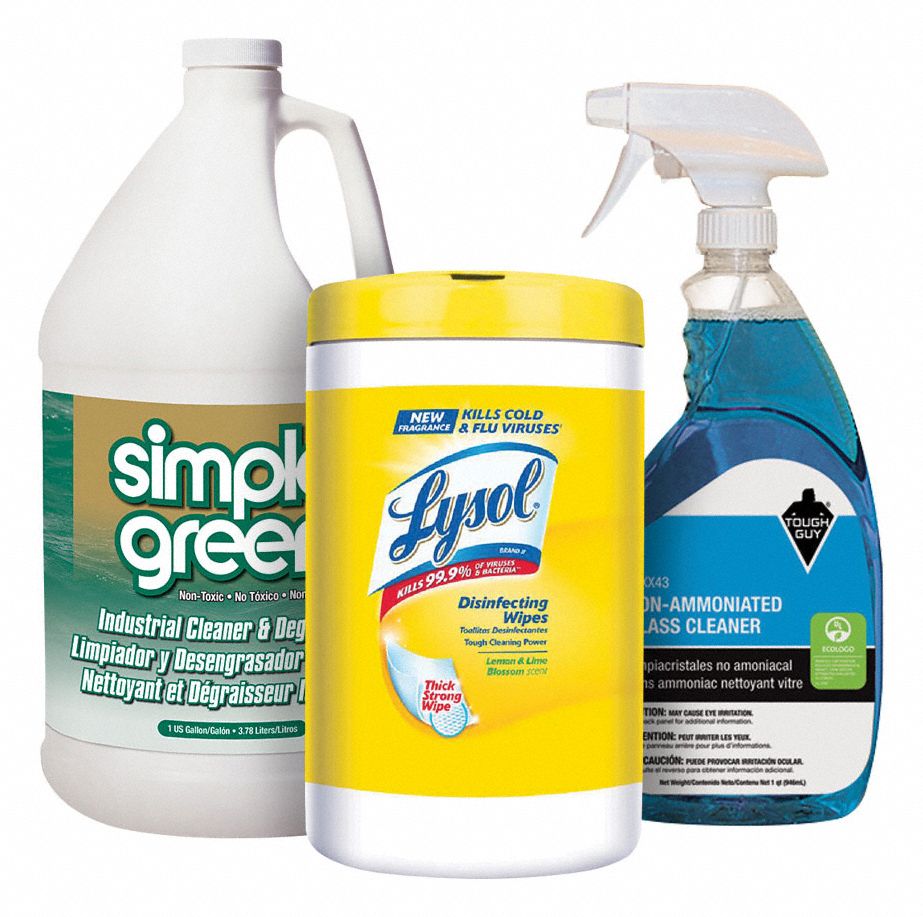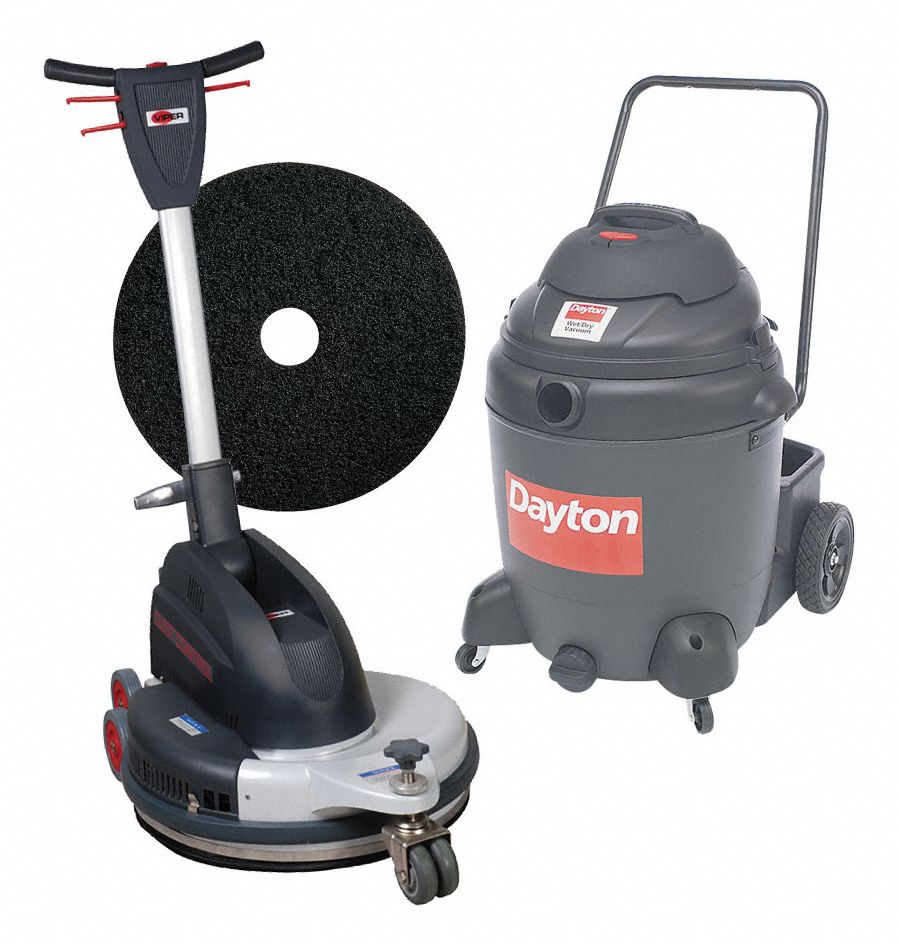

Manufacturing Plant Shutdown Checklist
By Grainger Editorial Staff 11/14/22


Plant shutdowns for scheduled maintenance, cleaning and repairs are not a surprise. But this doesn’t mean they don’t come without costs, challenges and the occasional curveball. Whether your facility closure is for 36 hours or a couple of weeks, developing and following a plant shutdown checklist can help minimize the pain points of your turnaround and get your facility back online efficiently and successfully.
The details of your checklist will be unique to your facility, but following a three-part framework – planning, execution and reviewing – may help you craft a more specific process.
Planning
A successful planned facility shutdown begins weeks if not months in advance. Identify a cross-functional team, including safety, maintenance, engineering and more, to lead the effort. Within that team, empower a sole decision-maker who can make final decisions about adjustments to the schedule and priorities with an eye toward preventing “scope creep.”
This team should also define a strategy and objectives. State clearly why you need to take the plant offline, even if it seems obvious to everyone in the room, and what you expect to achieve as a result. You might also want to develop specific goals around KPIs such as limiting unscheduled downtime, reducing safety incidents and restraining overtime costs.
Setting a schedule, and sticking to it as closely as possible, is critical. Overruns in a shutdown can result in lost production time and revenue. Document the “shutdown countdown.” Reliable Plant Magazine suggests using a critical-path application or software, though smaller or less involved shutdowns could be monitored on a spreadsheet. Just some of what you’ll need to document:
- all the equipment that needs to be shut down
- the type of work that will be done
- resources needed to do the work
- how long the equipment will need to be offline
- who will need to access that equipment or those areas of the plant
That documentation will be valuable for procurement, which will want to order necessary parts or equipment to help ensure they are on site when it’s time to work. Also be mindful of the time that could be needed to onboard a new vendor if you want to bring in a contractor who hasn’t served your facility before, as well as the need to think ahead about obtaining necessary work permits from the local municipality.
Finally, clear and regular communication throughout the facility will limit questions so you can focus on the task at hand, while also helping ensure that team members know any role they play in a successful turnaround. Manufacturing endures annual turnover of close to 40%, according to the Bureau of Labor Statistics, so it’s possible many of the employees working during an annual shutdown were not with the company for the previous shutdown. Don’t assume people know what a shutdown is all about.
Executing
Plant Engineering Magazine emphasizes that safety comes first. Follow proper lockout/tagout procedures to disable equipment that could be hazardous. Seal off areas to the facility where people should not be. Insist on the use of relevant PPE.
Move items that you can move. Those that you can’t, secure and cover them if possible. Seal or cap off open pipes and be sure air, water and gas valves are operational but switched off.
Rasmussen Mechanical Services suggests that setting up scaffolding yourself, prior to the shutdown, could help save time while giving you more control over the safety compliance of that equipment. Follow all safety protocols and regulations when setting up scaffolding.
Communication remains essential. Area Development Magazine recommends keeping employees aware of progress, perhaps with daily updates, and using signage or even additional security to ensure that off-limit areas remain that way as needed.
While production is down, you may consider using that time for training or development. Forklift safety training, first aid training or finding ways to help support workers’ mental health are just some of the ways this time could be used.
Once work is completed, it’s important to clean the plant including the HVAC system, as a shutdown can release dust and dirt into the air, and possibly into your system. Confirm that equipment is working properly, and any programmable settings that were wiped out are returned to their pre-shutdown state.
Reviewing
Once the plant is up and running, this is the time to review the successes and shortcomings in order to improve the next shutdown. Plant Engineering Magazine recommends waiting 30 to 90 days for a full review, to allow involved personnel to decompress emotionally and physically. However, you might want to get feedback from contractors before they leave your plant.
That same cross-functional team involved in planning should come together again for a debrief. Some of the questions that you might want to discuss include:
- Did the shutdown meet the established KPIs? Why or why not?
- How did the shutdown change during the event, if at all? Did the scope expand?
- What kind of technology helped make the shutdown easier, or what would help in the future?
- Was progress effectively communicated across the facility?
- How well did we document this process?
A written report – both as a one-page summary and in more detail – based on these discoveries can help ensure education up to senior management and to employees across the facility. It can also be the first item you review as you begin the planning phase of the next shutdown.

PPE in the Workplace
Lanyards vs. SRLs: Understanding Fall Protection Systems
Shock-absorbing lanyards and self-retracting lifelines both protect against falls, but they work differently. Learn how movement, clearance and system design affect each one.
![]() Our Latest KnowHow
Our Latest KnowHow

Are You Using the Best Cleaning Cloth for the Task?
It's easy to get into the habit of using the same basic cloths for most cleaning tasks. Consider these options for better, more efficient ways to trap dirt and dust throughout your facility.
The information contained in this article is intended for general information purposes only and is based on information available as of the initial date of publication. No representation is made that the information or references are complete or remain current. This article is not a substitute for review of current applicable government regulations, industry standards, or other standards specific to your business and/or activities and should not be construed as legal advice or opinion. Readers with specific questions should refer to the applicable standards or consult with an attorney.














